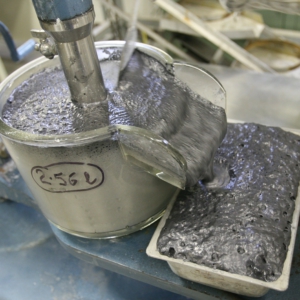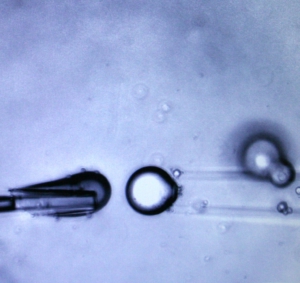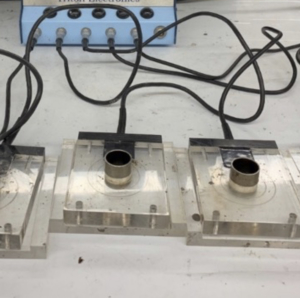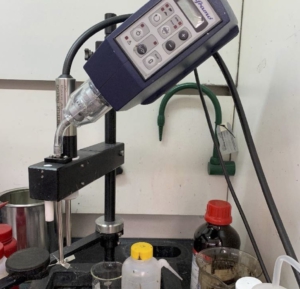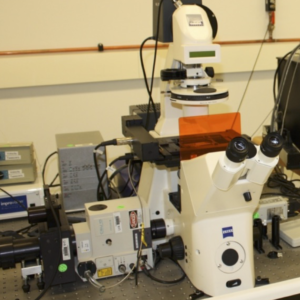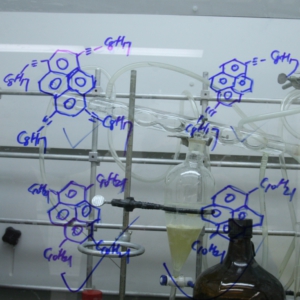Value-Added Products (VAP)
2024 Focus: VAP from TSRU tailings for construction. Carbon separation from TSRU tailings.
Background
Alberta’s oil sands offer a unique opportunity to diversify products of their exploitation beyond fuel to innovative materials with commercialization potential.
The rejected stream of interest is TSRU tailings. Mined oil sands industry uses Paraffin Froth Treatment (PFT) process to separate bitumen from water and solids: https://www.oilsandsmagazine.com/technical/mining/froth-treatment/paraffinic. The rejected tailing stream from the tailing solvent recovery unit (TSRU) of PFT contains about 75-80% water, 15-20% minerals, 4% asphaltenes, 1% maltenes, <0.1% paraffinic solvent. There must be economic and environmental benefits to converting TSRU tailings into valuable products. Two research priorities were identified as: VAP for construction, and carbon separation.
VAP for construction
Background: earlier IOSI projects addressed proof-of-concept studies on the potential use of TSRU tailings in pavement construction and as additives for cement-based construction materials. Further research is required to advance TRL and address the challenges.
Challenges:
- Advanced methods to use TSRU tailings for construction (such as buildings, road pavement, etc.) with minimal processing and competitive quality of final products.
- Assessment of environmental fate (e.g., leaching, volatilization, microbial degradation) of residual constituents of concern in construction materials using TSRU and potential methods to reduce the environmental impact.
Carbon separation from TSRU tailings
Background: carbonaceous material in TSRU tailings may be converted to carbon VAP via thermal and/or catalytic processes. However, the dry TSRU tailings consist mostly of minerals, which negatively impacts the energy requirement for conversion and final product quality.
Challenges:
- Methods to separate carbonaceous material from TSRU tailings.
- Methods to separate solid carbon from minerals after high-temperature treatment of TSRU tailings.
These methods should present a viable pathway to a commercial process with low energy intensity, low GHG emissions, low waste production (ideally, solvent-free methods), with a low footprint and potential pilot or small commercial demonstration within 5 years. The preferable feedstock is wet TSRU tailings, before or after separation by gravity.
Excluded challenges for this Call:
- Methods to separate water from TSRU tailings.
- Methods to convert asphaltenes/maltenes into value-added products.

